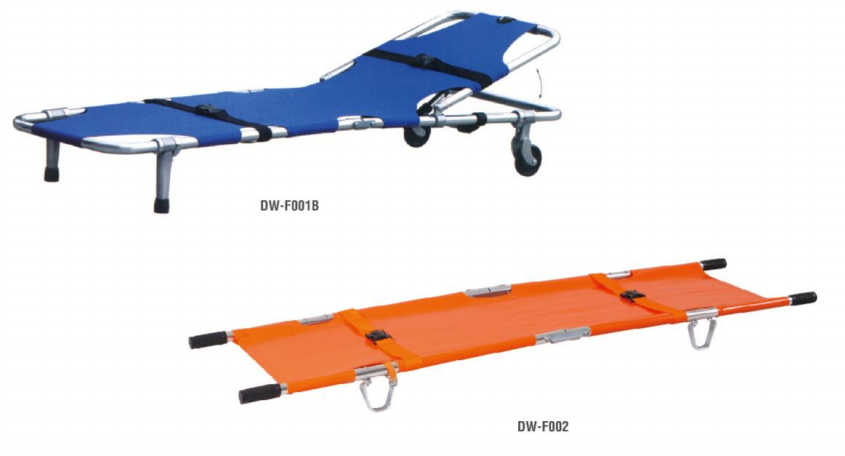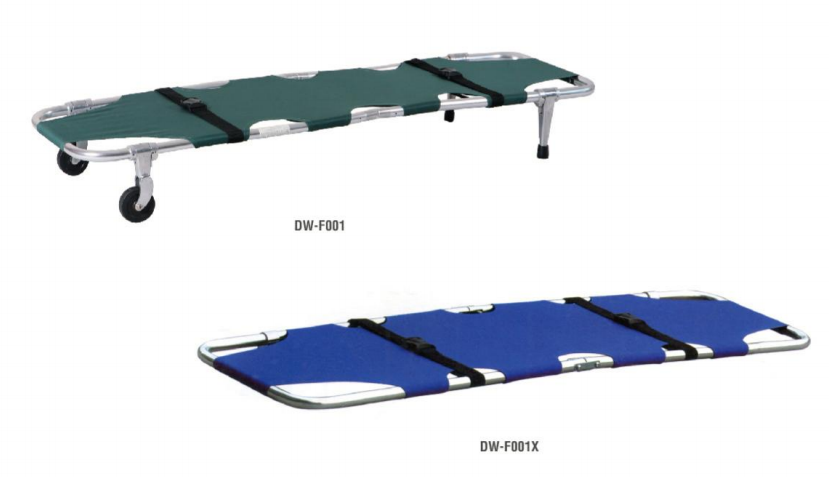Mountain rescue stretchers are the lifesaving gear you grab when every step of the slope feels shaky. They look simple but hide a boatload of tech that keeps injured hikers from getting bounced around.
Design and Construction
Weight matters when youre clawing up switchbacks, so most stretchers use tough but light materials. Aluminum alloy is a favorite because it shrugs off rust and still manages to stay narrow enough to slip through tree lines.
Carbon-fiber frames bring crazy strength-to-weight ratios into play, which means one or two rescuers can haul the thing for miles without feeling like roped to a boulder.
Rescue stretchers also fight tip-over jitters with a low center of gravity; picture a table turned sideways on a slope. Adjustable straps hug the patient instead of pinching, so broken ribs dont get a second workout on the ride out.
Functional Features
A great stretcher is a chameleon on the ground, turning from scree to snow to sketchy timber without skipping a beat. Flip-down runners or adjustable skids let the same frame glide over loose rock and trench through mud.
Mountain rescue stretchers sometimes roll on huge, tough wheels that laugh at rocky trails, snowdrifts, and soupy mud. When the hike gets too tight, those wheels either pop off or fold up, letting the team hand-carry the whole rig. For steep drops or sheer cliffs, some stretchers clip right into a pulley-and-rope setup, letting rescuers lower or hoist the patient without a panic.
Many of these stretchers sneak in shock-absorbing features that soften every dip and bump. That cushion is a big deal for anyone who may have a messed-up spine or broken bones. With the jarring smoothed out, the ride down the mountain feels a whole lot safer and a little less brutal.
Working one of these stretchers isn-t a pick-it-up-and-go job; it needs practice. Crew members must learn how to snap the parts together quickly and figure out the safest way to strap in the patient based on their injuries and the ground ahead. Everybody on the team has to move in lockstep, because drifting or stumbling while carrying a stretcher can make a bad day worse.
In short, the mountain rescue stretcher is more than wood, metal, or plastic-it-s a carefully designed lifesaver that requires skill, teamwork, and, yes, a few nerves of steel.
Helicopter design, onboard gadgets, and the pilots hands-on know-how all work together to whisk hikers out of danger when a storm rolls in. For any serious mountain rescue crew, that whirling machine is more than a luxury-it is part of the survival playbook.


